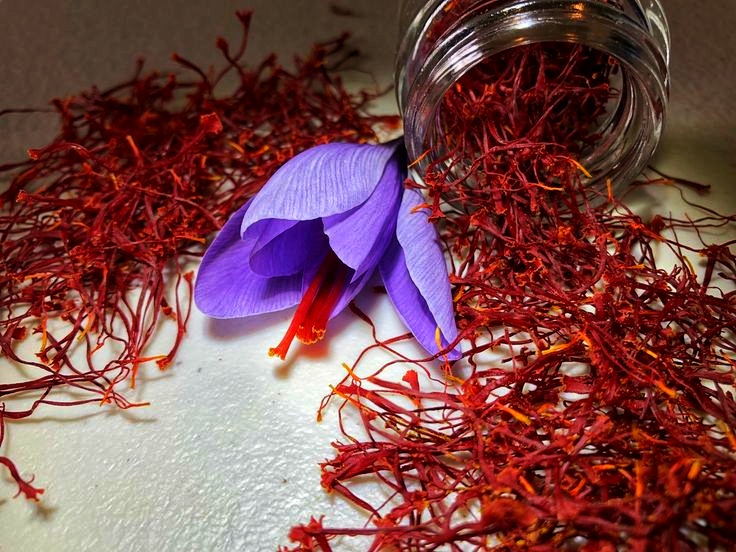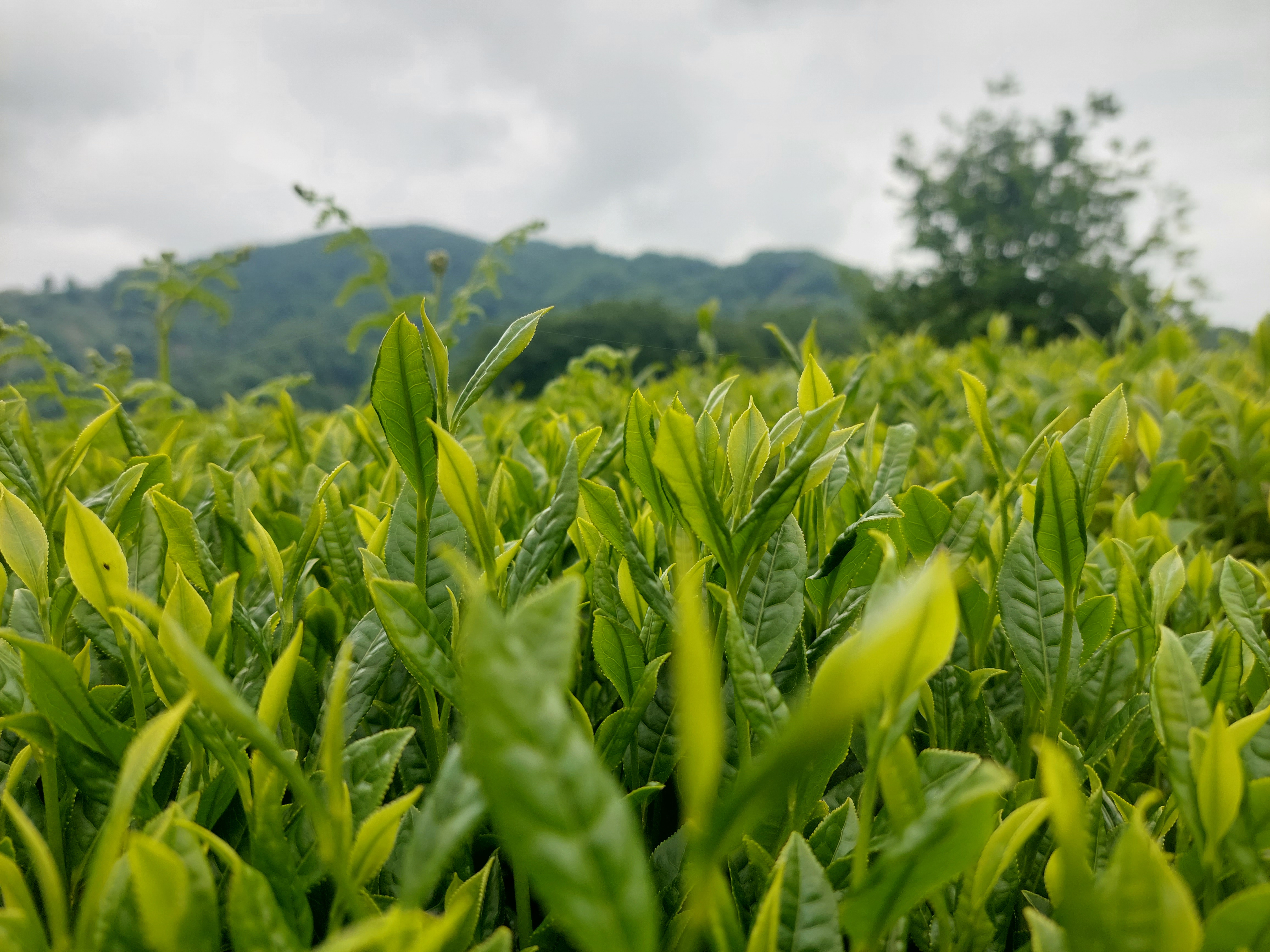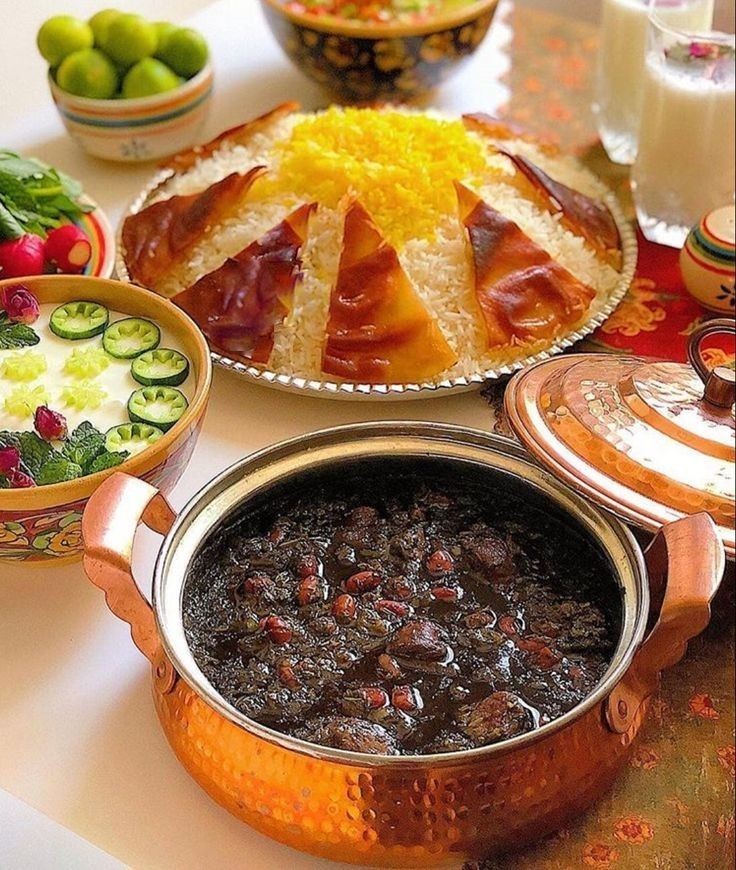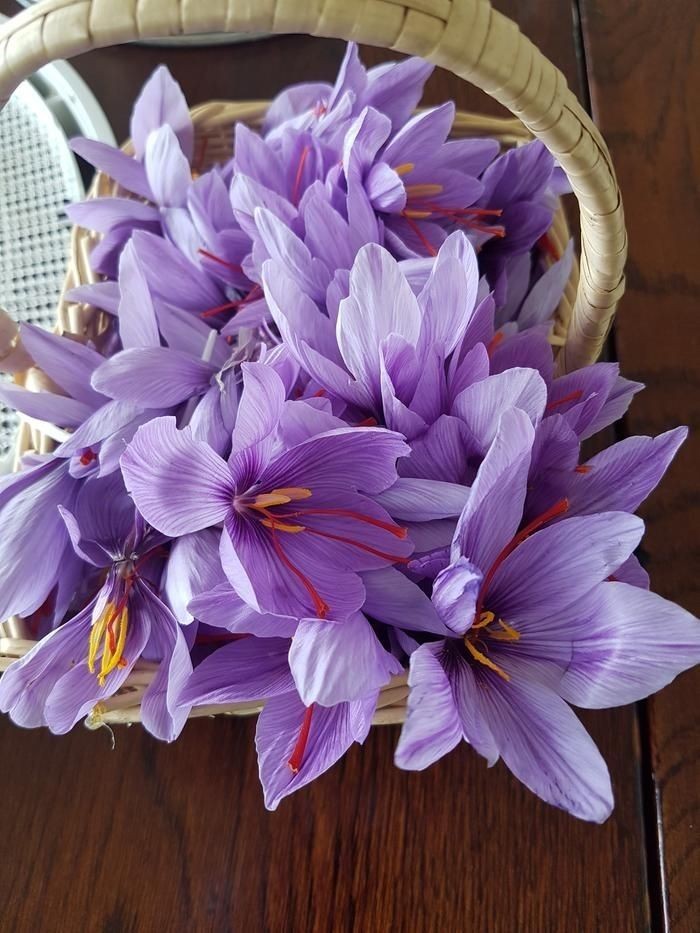Categories
The latest content
-

Unlocking the Golden Opportunity; How Afghan Importers & Distributors Can Profit from Iranian Saffron?
..
-

Top Types of Iranian Tea Preferred by Egyptian Consumers; A Guide for Importers and Distributors
..
-

How to Source Iranian Black Raisins; What Global Buyers Should Know
..
-

The History of Olive Cultivation in Iran; From Ancient Roots to Global Markets
..

Tags
Iranian Rice in the Iraqi Market; A Comprehensive Overview of Trends, Preferences, and Pricing (2025)

Iranian rice has steadily established itself as a preferred choice among Iraqi consumers due to its premium quality, rich aroma, and culinary versatility. As the rice trade between Iran and Iraq continues to grow, it is crucial for importers, retailers, and distributors to understand the latest market dynamics, evolving consumer behaviors, and pricing structures that define this segment in 2025.
Market Trends in the Iraqi Rice Sector
1. Increased Demand for Premium Quality Rice:
Over the past few years, there has been a noticeable shift in consumer demand in Iraq toward higher-quality rice with a natural aroma and longer grain structure. Iranian rice, especially varieties such as Hashemi, Sadri, and Domsiah, has gained a strong reputation for meeting these expectations.
2. Diversification of Import Sources, But Loyalty to Iranian Rice Remains:
While Iraq imports rice from countries such as India, Pakistan, Thailand, and Vietnam, Iranian rice maintains a unique position due to its geographic proximity, lower transportation costs, and familiarity among Iraqi households. Iranian rice is especially favored in southern regions like Basra, Nasiriyah, and parts of Baghdad.
3. Steady Import Volumes Amid Economic Challenges:
Despite economic pressures and currency fluctuations in the Iraqi market, import volumes of Iranian rice have remained stable. This resilience can be attributed to strong consumer loyalty and the growing presence of Iranian rice brands in local supermarkets and wholesale markets.
4. Growing Role of Private Label and Bulk Packaging:
Distributors in Iraq are increasingly requesting customized packaging under their own private labels. Packaging in 5 kg, 10 kg, and 25 kg bags with Arabic-language labels and halal certifications are becoming standard practice.
Consumer Preferences: What Iraqi Buyers Want
Understanding consumer taste is key to success in the Iraqi rice market. Here are some core preferences:
• Fragrance: The distinct aroma of Iranian rice varieties is a major selling point. Consumers in Iraq are very sensitive to fragrance during cooking.
• Texture & Taste: Softness after cooking, non-sticky texture, and the ability to remain fluffy even after reheating are highly valued traits.
• Origin Transparency: Products that clearly mention the rice’s origin (e.g., Gilan, Mazandaran) and harvest season tend to gain more trust and higher shelf appeal.
• Pricing Flexibility: Although premium rice is in demand, a significant portion of the market is price-sensitive. Importers often request a mix of premium and medium-grade rice to serve different economic segments.
• Packaging & Branding: Arabic branding, attractive visuals, and clear cooking instructions can make a big difference in retail sales.
CIF Pricing of Iranian Rice in Iraq (May 2025)
1. Hashemi Rice (Premium), Grade A+, Packaging: 5kg - 10kg branded bags, CIF Price: 2300$ - 2400$/ton, MOQ: 10 tons
2. Sadri Rice (High Grade), Grade A, Packaging: 10kg or 25kg bags, CIF Price: 2250$ - 2350$/ton, MOQ: 10 tons
3. Domsiah (Traditional), Grade Super Premium, CIF Price: 2300$ - 2400$/ton, Packaging: Bulk or branded bags, MOQ: 10 tons
4. Broken/Mix Rice, Mid Grade/Economy, Packaging: 25 sacks or bulk, CIF Price: 1600$ - 1800$/ton, MOQ: 10 tons
CIF prices can vary depending on the grade, packaging, quantity, and delivery port (e.g., Basra, Umm Qasr, or Baghdad). Here's an approximate range:
All prices include Cost, Insurance, and Freight to Iraqi ports. Final pricing may vary depending on packaging, port charges, and custom clearances.
Challenges and Opportunities
Challenges:
• Delays at Iraqi customs or port authorities can sometimes impact delivery schedules.
• Payment terms and currency volatility require experienced logistics and financial handling.
Opportunities:
• Expansion of retail brands into Kurdistan and central Iraq.
• Online rice sales via e-commerce platforms targeting urban populations.
• Joint ventures with Iraqi distributors for long-term contracts.
Why Choose Iranian Rice for the Iraqi Market?
• Natural cultivation in the Caspian region of Iran with no artificial aging.
• Proven consumer satisfaction in taste, aroma, and quality.
• Logistical advantage over other competitors like India or Thailand.
• Cultural and culinary alignment with Iraqi tastes and food traditions.
Conclusion:
The Iraqi rice market in 2025 presents solid opportunities for Iranian rice exporters and Iraqi importers alike. With the right product quality, smart packaging, competitive pricing, and deep understanding of local consumer behavior, Iranian rice will continue to dominate key segments of the Iraqi food market.
If you're an importer, distributor, or wholesaler in Iraq looking for a reliable supplier of high-quality Iranian rice, contact us today for the latest prices, samples, and partnership opportunities.



